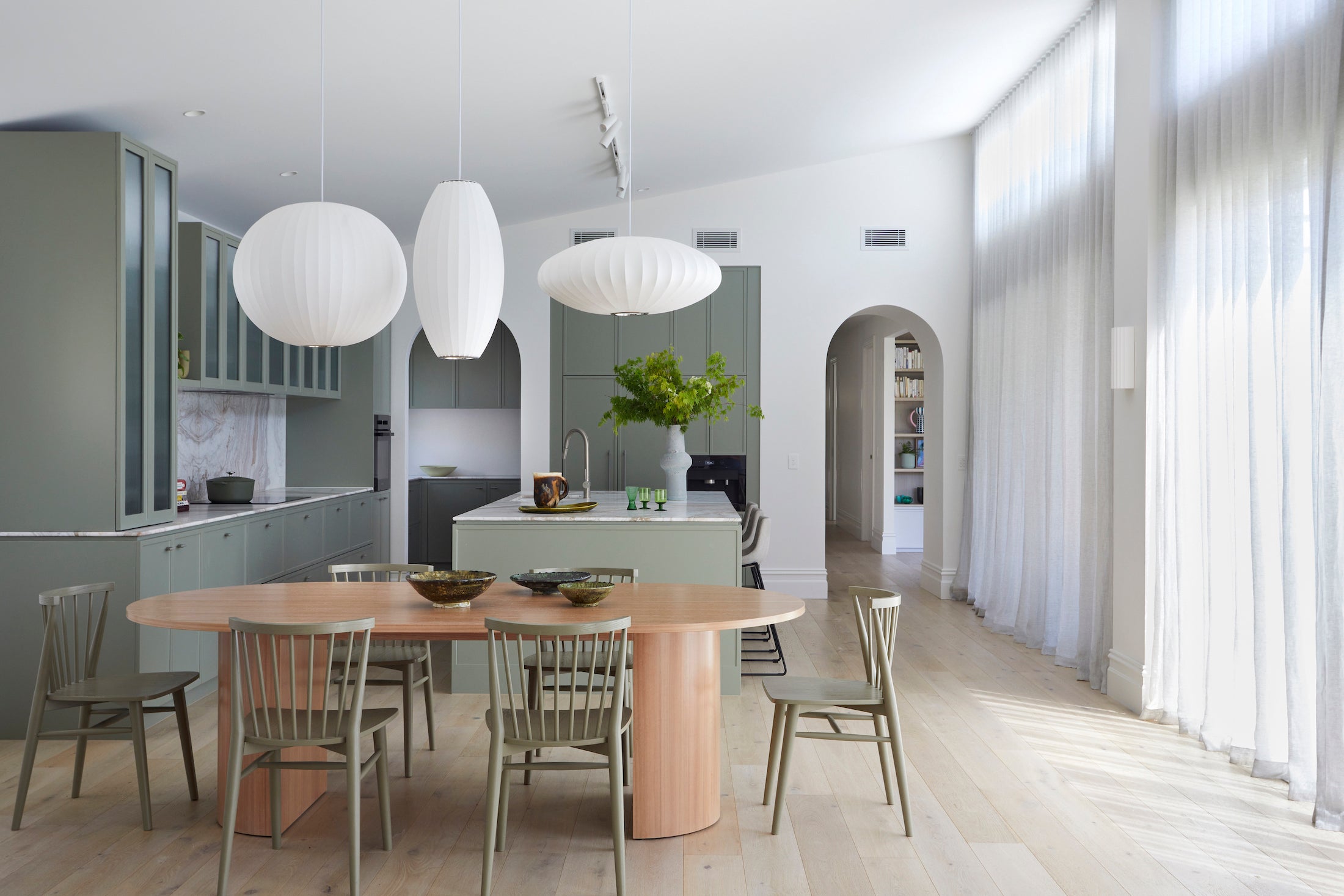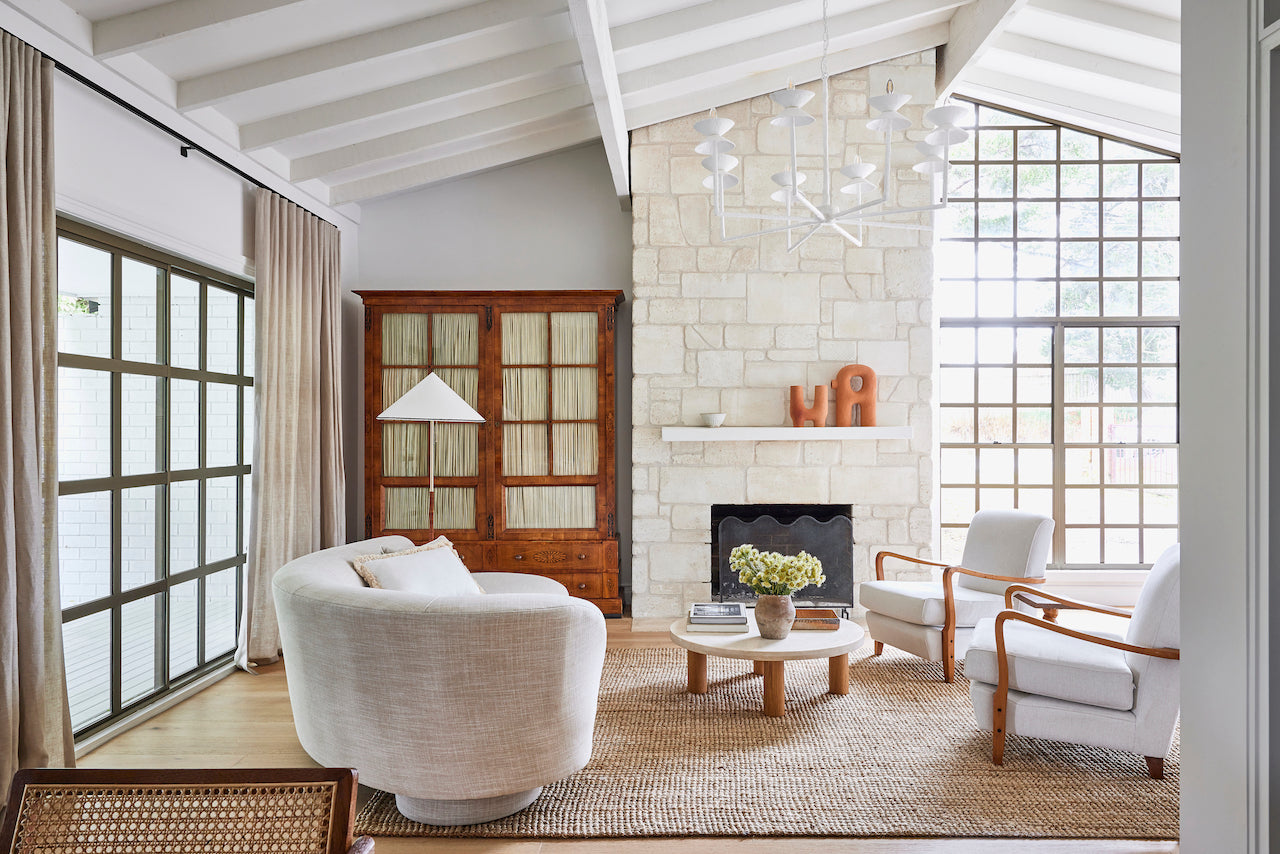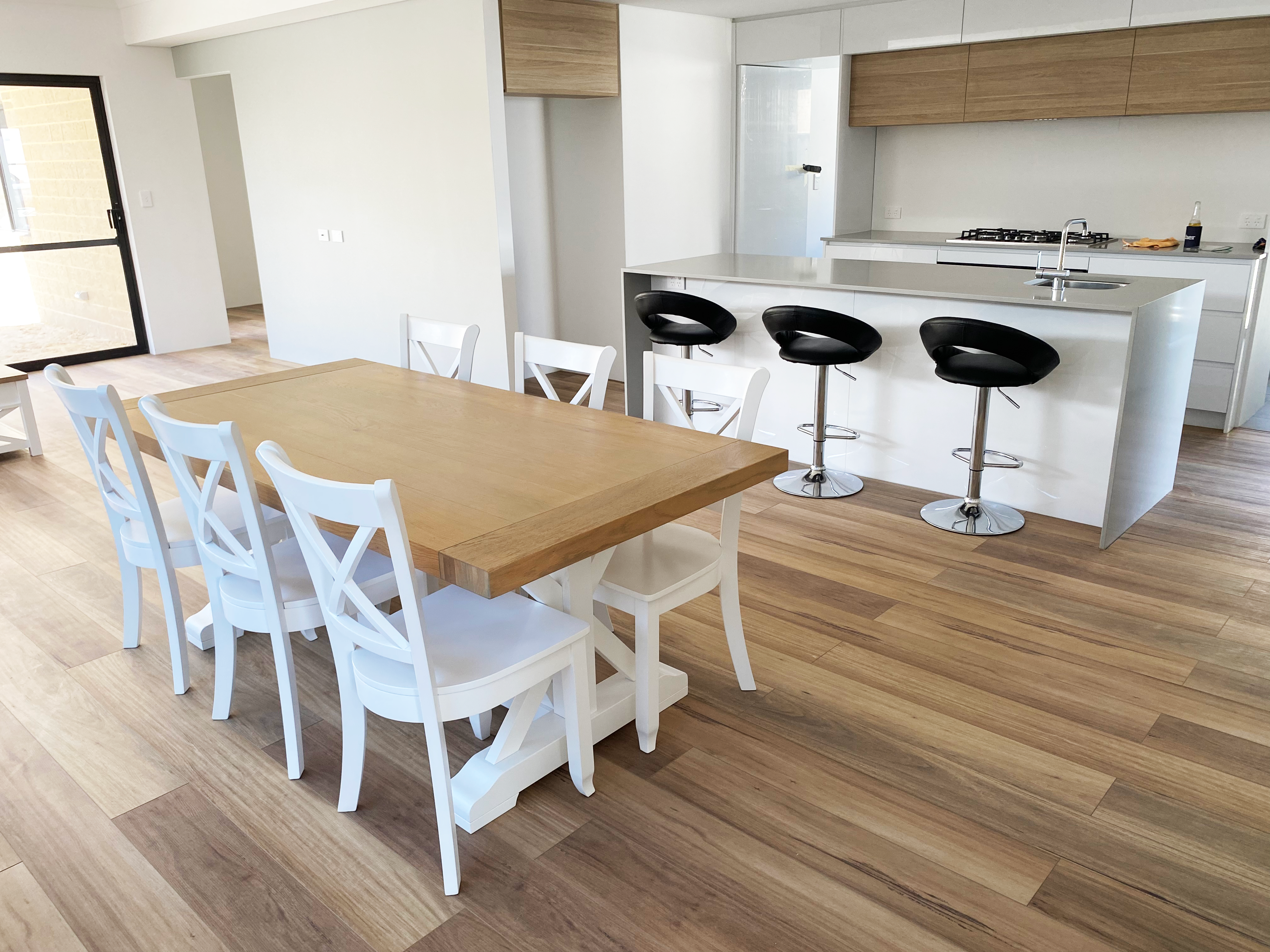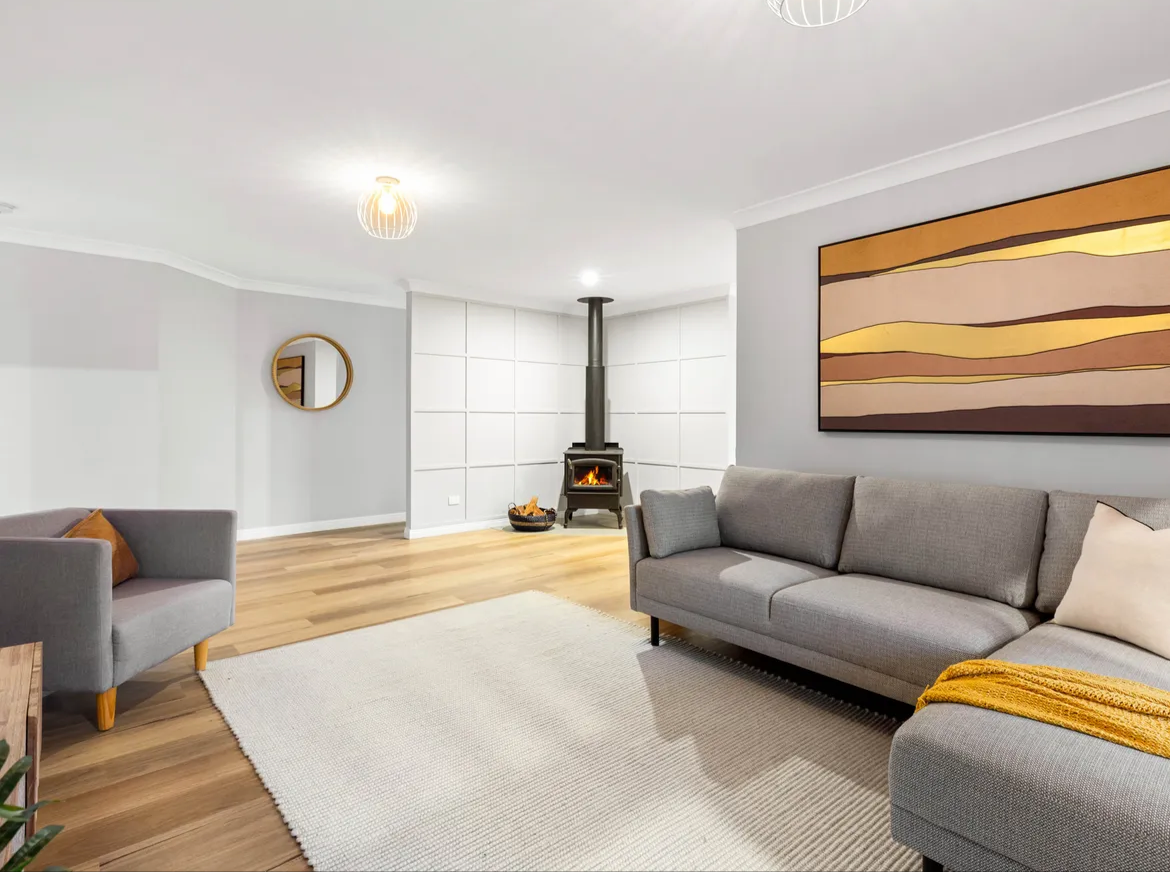
An increasing number of flooring products on the market claim to be water resistant or waterproof. But how do you know which products are suitable for wet areas in your home? And what rooms are considered wet areas?
The National Construction Code (NCC) and AS3740
According to the NCC, any area within a building supplied with water from a water supply system, including bathrooms, showers, laundries and toilets, is considered a wet area. It excludes kitchens, bar areas and kitchenettes. Any area deemed as a wet area by The NCC must be waterproofed to the Australian Standards (AS 3740). Put simply, moisture proof membranes must be applied to wet areas before installation of flooring.
So, this means that regardless of the floor finish, areas deemed by the code to be a wet area must have a waterproof membrane applied prior to the installation of floor coverings.
This is important because while many products claim to be water resistant (for example – 72hr water resistant laminate), they are not waterproof as defined by the standard. These products also may not be suitable for continuous re-wetting at 24hr intervals, as would be expected in most domestic bathrooms and laundries.
So which floors are suitable?
Provided floors are properly waterproofed in accordance with the NCC, Embelton’s range of Hybrid flooring is suitable for installation in bathrooms, laundries and toilets in domestic homes without floor wastes (Not to be installed within the shower or near a drain). Our hybrid flooring is completely unaffected by moisture, and 100% stable when exposed to topical moisture on a regular basis.
When it comes to other areas of the home, other products are also suitable provided the proper maintenance precautions are taken.
Our range of Luxury Vinyl Tiles (LVT) is also unaffected by moisture and is suitable for installation in wet areas without floor wastes, however care must be taken installing. Joins between planks should be tight and edges caulked with a moisture proof sealant to ensure the vinyl adhesive is not affected by moisture.
Laminates and engineered timbers are not suitable for installation in wet areas, for different reasons. In the case of laminates, moisture can affect the core material and cause swelling that can become problematic over time, usually affecting the joins between the boards first.
Engineered timber can absorb moisture if exposed to excessive amounts which over time, may lead to expansion and contraction of the product, and eventual breakdown of the coating material.
Wood products are however entirely suitable for installation in kitchen areas provided they are maintained properly. Wherever possible, spills should be cleaned immediately, and floors should not be wet mopped but rather cleaned using a suitable spray mop or microfibre cloth.
For more product specifications, care and maintenance information, please refer to the respective product pages.
By Ebony Fraser



